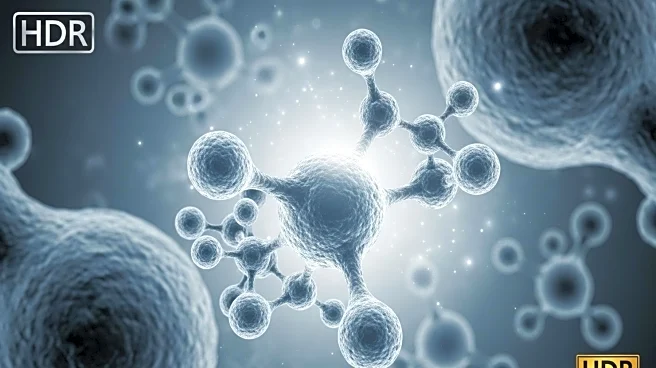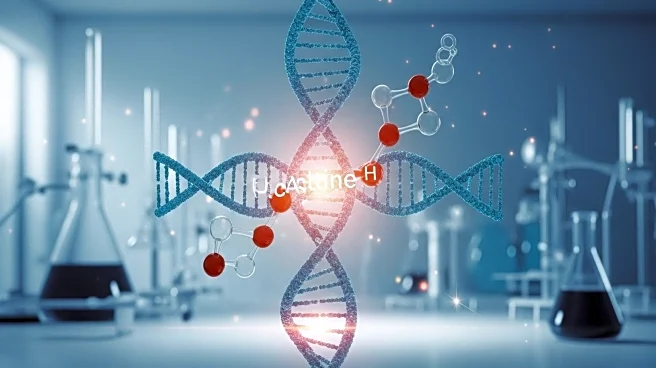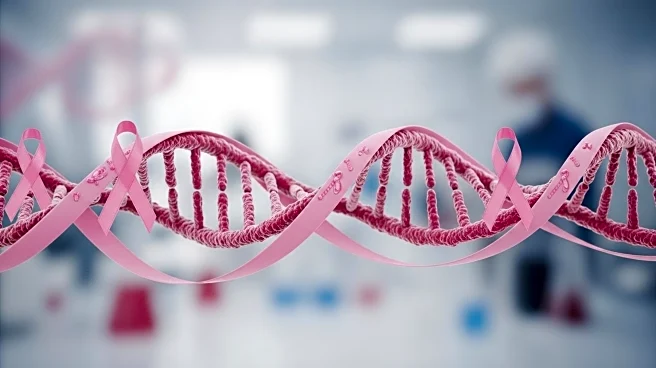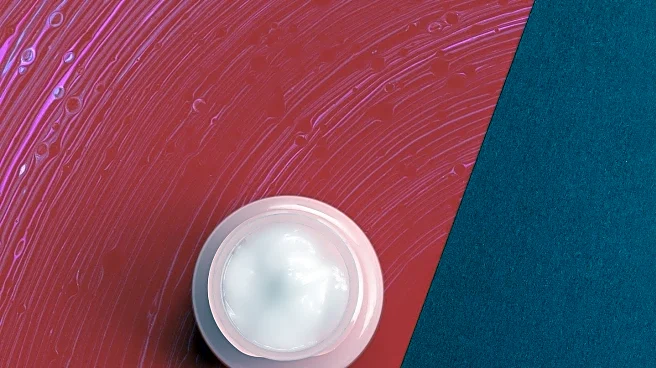What's Happening?
Researchers at the Max Planck Institute for Medical Research have developed SNAP-tag2, an improved version of SNAP-tag for live-cell imaging. This new tool offers better cell permeability, increased labeling kinetics, and greater brightness, allowing for more efficient and powerful fluorescence labeling. SNAP-tag2 enables labeling at lower concentrations and shorter timescales, enhancing imaging capabilities.
Why It's Important?
SNAP-tag2 represents a significant advancement in live-cell imaging, providing researchers with a more effective tool for studying cellular processes. Improved imaging capabilities can lead to better understanding of biological systems, facilitating research in areas such as drug development and disease mechanisms. This tool enhances the precision and efficiency of imaging, benefiting various fields of biological research.











